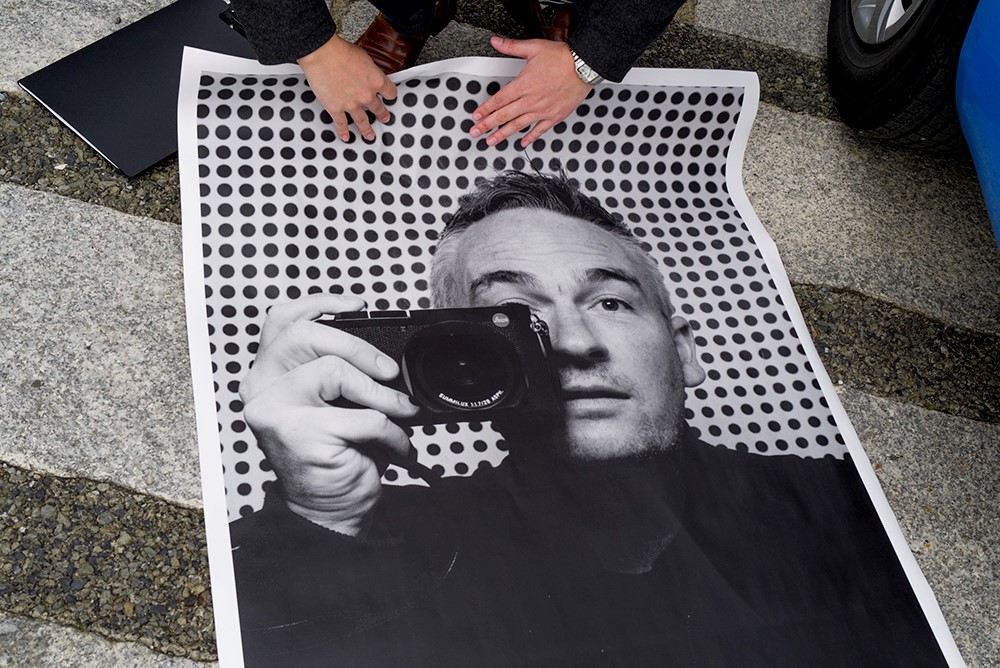From shady storytellers to melancholic deliberations, travel through time and immerse yourself in the mesmerising colours of humanity’s modern history as we kickstart your journey into a world on the other side of words and pages.
Here are 22 of the most canonical modern classics to present a summary of our cultural evolution and a glimpse into the wonderful world of brilliant minds.
A Portrait of the Artist as a Young Man
The first novel by James Joyce (of Ulysses fame), it traces the growth and awakening of its protagonist, a young artist. Commonly regarded as a fictional alter-ego of the author, our protagonist struggles to come to terms with the Catholic and Irish conventions which he grew under, ultimately rebelling against them.
Animal Farm
George Orwell’s socio-political critique, perhaps best summarised with this famous quote, “All animals are equal, but some animals are more equal than others.”
Brave New World
A dystopian novel by Aldous Huxley set in a futuristic World State where social hierarchy is the reigning world order and everything, right down to its citizens, are engineered to fit within their respective classes. This novel presents one of the first modern notions of a supreme all-seeing “Big Brother”.
Crime and Punishment
Arguably Fyodor Dostoevsky’s most famous work, Crime and Punishment is a deep examination of the human condition during troubled times. Following the protagonist’s mental anguish and moral dilemmas before and after committing a desperate act of murder, the novel is often regarded as a portrayal of Dostoevsky’s ideological inclinations and his disavowal of radical utilitarianism, rationalism, and Russian nihilism schools of thought.
Heart of Darkness
A novella by Joseph Conrad, Heart of Darkness follows the journey of a sailor who takes on an assignment into Africa. Through his eyes, we encounter themes of power, morality, and racial differentiation, shedding light on the Europeans’ colonial conquests at the turn of the 20th century.
Klara and the Sun
A dystopian science fiction novel by Kazuo Ishiguro, the story is told through the point-of-view of our protagonist, Klara, who is in fact a solar-powered Artificial Friend, chosen by a sickly child to be her companion.
Lolita
Lolita may well be Vladimir Nabokov’s most recognised work. The novel gave us one of our most iconic unreliable narrators and is regarded amongst the most controversial of publications. It follows the story of a middle-aged professor who becomes obsessed with a beautiful 12-year-old, going so far as to physically engage with her and ultimately attempting a relationship with her.
Lord of the Flies
A gripping tale by William Golding of a group of young boys who find themselves stranded on an island, and their intense attempt at governing themselves.
Metamorphosis
Franz Kafka’s most renowned work, this allegorical novella tells the story of a regular salesman who wakes up one morning to find himself suddenly and inexplicably transformed into an abomination of an insect.
One Hundred Years of Solitude
Originally written in Spanish, this novel is widely considered to be Gabriel García Márquez’s magnum opus. Its poignant use of (then) avant-garde Magic Realism and Modernist styles, on top of its themes of inevitability, historical repetition, and doomed predeterminism, shot it to the top echelons of world literature, and is still often regarded amongst the greatest works of literature.
Oranges Are Not the Only Fruit
A coming-of-age novel by Jeanette Winterson, Oranges adopts an unadorned and simple style to portray the complexities a young lesbian faces while growing up and navigating religiosity, family, same-sex relationships, and conservative society.
Pride and Prejudice
Jane Austen’s most well-known work, this novel about society and women in the 18th and early 19th century gave us one of the most famous opening lines ever – “It is a truth universally acknowledged, that a single man in possession of a good fortune, must be in want of a wife.” The novel captures the essence and underlying tensions of aristocratic expections and superficial obligations of the time, in a snarky yet gently charming tone.
The Bell Jar
The only novel written by Sylvia Plath, it is often seen as a semi-autobiographical work, reflecting Plath’s own struggles and mental health as we follow her protagonist’s descent into severe mental illness amidst desperate attempts to break free of societal expectations within a patriarchal environment.
The Catcher in the Rye
Originally intended for adults, this novel by J. D. Salinger presents a sharp critique on superficiality in society through accentuated themes of angst and alienation. It stands as one of the most censored books in history with multi-layered themes that reflect promiscuity, impiety, immorality, blasphemy, depression, on top of its heavy use of vulgarities, and has the honour of being (somehow) associated with a number of violent crimes and shootings, including the murder of Rebecca Schaeffer, the assassination attempt on Ronald Reagan, and the fatal shooting of John Lennon.
The Great Gatsby
A title that needs no introduction, this novel by F. Scott Fitzgerald captures the colourful and surreal environment of America’s Roaring Twenties. Depicting the vibrant and hedonistic lifestyles of the rich then, it also manages to portray the underlying tensions brought on by modernisation and a new generation of wealth.
The Handmaid’s Tale
A dystopian novel by Margaret Atwood, we follow the story of her female protagonist and narrator. Set in a patriarchal totalitarian state, her job – as one of the “handmaids” – is to produce children for the ruling class of men. Atwood delivers a lucid exploration of gender subjugation and the loss of individual agency with this novel.
The Old Man and the Sea
Ernest Hemingway’s last major work of fiction – and the one right before winning the Nobel Prize for Literature – it follows the story of a young man, an old fisherman, and his epic struggle with a giant marlin far out at sea one fateful day.
The Stranger
Also published in English as The Outsider, this novella by Albert Camus was originally published in French. A seminal work in its own right, The Stranger’s stylistic form and theme has often been cited as examples of Camus’s work with Absurdism, and is sometimes also said to reflect Existentialist influences.
The Sun Also Rises
Dubbed Ernest Hemingway’s “most important novel” by a Hemingway scholar, The Sun Also Rises is Hemingway’s first novel, portraying expatriates in 1920s Paris who travel to Pamplona for the Festival of San Fermin to watch the running of the bulls and their bullfights. Based on real people and events in Hemingway’s life during the 1920s, it explores themes of love and death, the power of nature, and the concept of masculinity. it is also with this novel that the world first got a taste of Hemingway’s iconic “Iceberg Theory” style of writing.
To Kill a Mockingbird
A phenomenal piece of American literature by Harper Lee, this Pulitzer-winning novel is loosely based on events that occured in real life during the author’s childhood, delivering vivid examinations of sexual crime and racial inequality.
To the Lighthouse
A brilliant play on modern narrative techniques by Virginia Woolf, the novel centres on a family’s visits to the Isle of Skye in Scotland, bringing us along with them purely through a series of thoughts, observations, and recollections, drawing readers in with its intimacy and immediate experience.
The Unbearable Lightness of Being
Originally written in Czech by Milan Kundera, the story takes place during the Prague Spring period of Czechoslovak history. Following the lives of two men, two women, and a dog, it takes us through the artistic and intellectual circles of the time, highlighting the consequences and effects of the period’s intense socio-political unrest.





